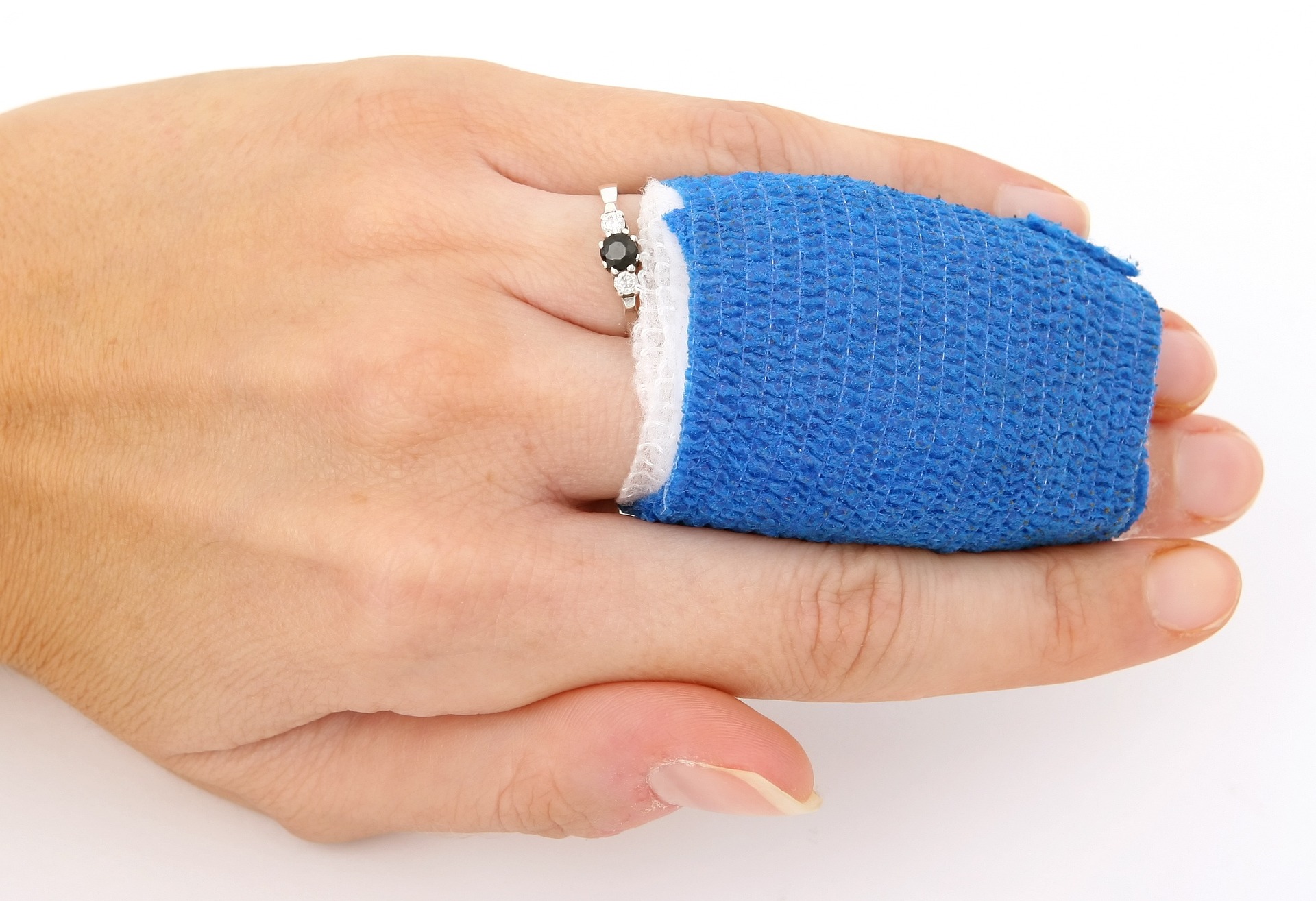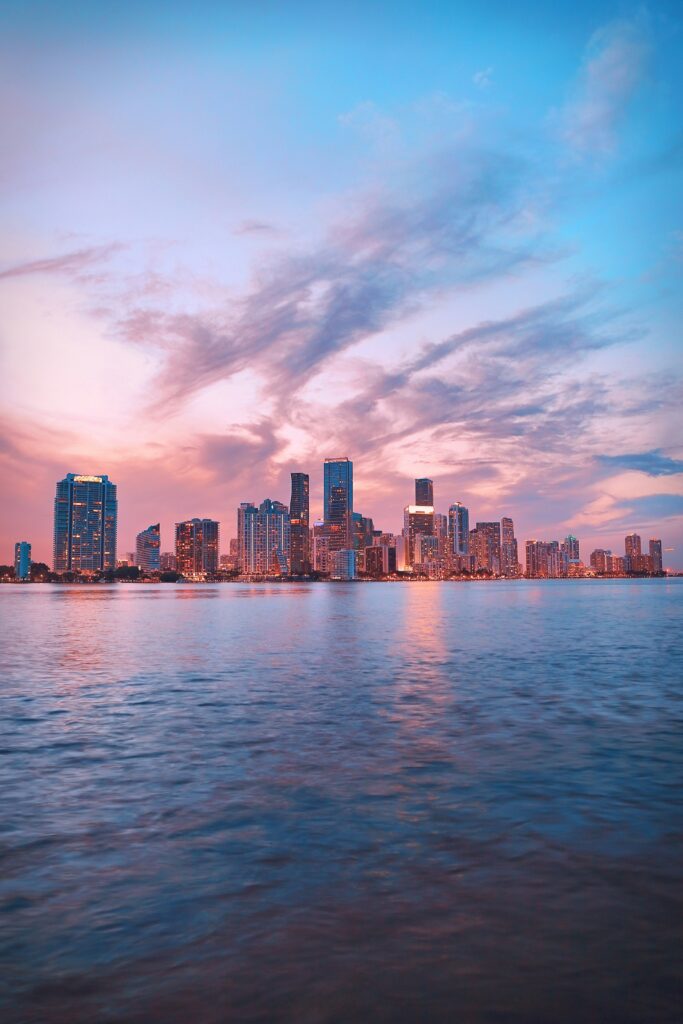Now Reading: When to Seek Care for Burn Injuries
-
01
When to Seek Care for Burn Injuries

When to Seek Care for Burn Injuries
Burn injuries are some of the most difficult to assess because they are less common than other types of injuries like cuts and fractures that we know when and how to treat. Yet burns can be extremely dangerous because the barrier between your internal organs and billions of bacteria has been damaged, which means you can easily get an infection, making the situation much worse. The personal injury lawyers at Boland Romaine LLP provide these signs that you need to seek care for a burn.
Large Burns
In most cases, the bigger the burn, the more serious it is. When describing a burn, clinicians refer to a burn size as a percent of your total body surface area (BSA), so the higher the percentage of your body that has been burned, the more urgent it is that you seek care. Any burn that is more than 3% of an adult’s BSA or 2% of a child’s BSA should be assessed by a medical professional.
To calculate your burn percentage, use the surface area of your palm, which is equal to about 1% of your BSA. If your burn is the same size as three of your palms or more, get medical treatment right away. If your child’s burn is the same size as two of their palms or more, they need to see a doctor immediately.
Deep Burns
Clinicians also use depth to classify burns, which means how deeply the burn has penetrated tissue. First-degree burns are those that have only affected the outer layer of skin. The area will be red, painful, and dry, but these burns are usually not too serious. A mild sunburn is an example of a first-degree burn. If you have a first-degree burn that is over more than 4% of your body, you probably don’t need professional treatment, but a child might.
Second-degree burns involve the outer layer of skin and part of the lower layer of skin. The area will be red and blistered. A more severe sunburn can be a second-degree burn, as can one that is caused by other sources of heat. Third-degree burns are those that are all the way through both the outer layer and lower layer of skin. The area will be white or blackened and charred. Fourth-degree burns are the most severe and affect both layers of skin and deeper tissue such as muscle and bone. There will be no feeling in the burn area because the nerve endings have been destroyed.
All burns that are second-degree or greater should be assessed by a medical professional. Even a second-degree sunburn can get infected and cause further medical complications.
Burns Caused by Others
If you have suffered any type of burn due to the negligence or potential negligence of others, it is important to seek treatment right away. This is because you will need medical documentation of your burn and a treatment plan to file for compensation. It’s also recommended that you consult a personal injury lawyer to help you negotiate a settlement for your burn, but get that medical attention first.
Conclusion
If you’re in doubt about whether or not you should seek treatment for a burn, always err on the side of caution and see a doctor. They will ensure that your burn is taken care of properly and will give you home care tips for further treatment.










